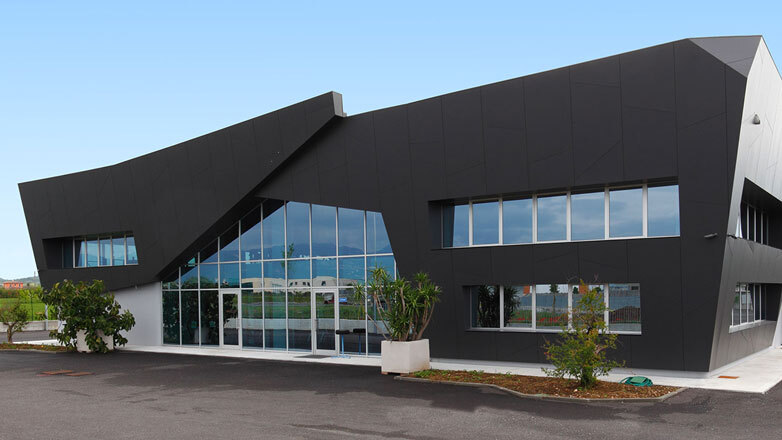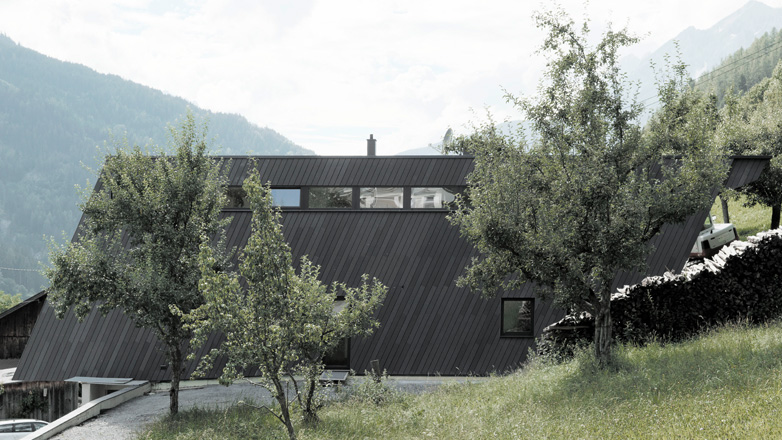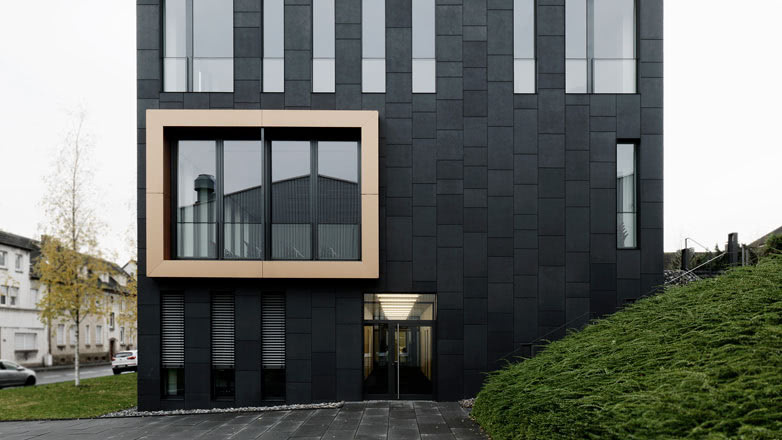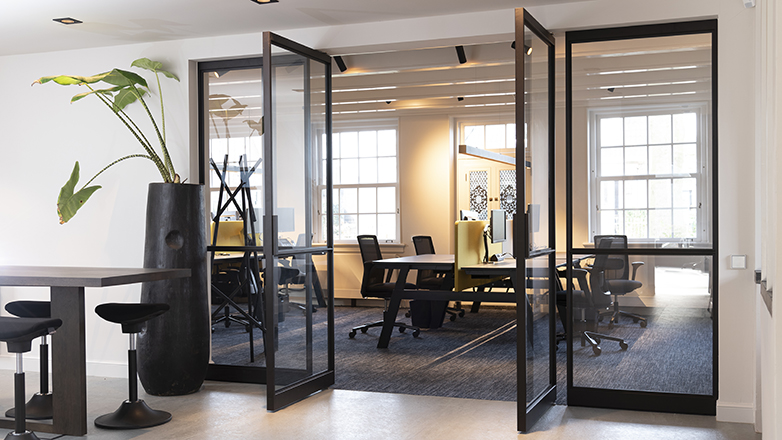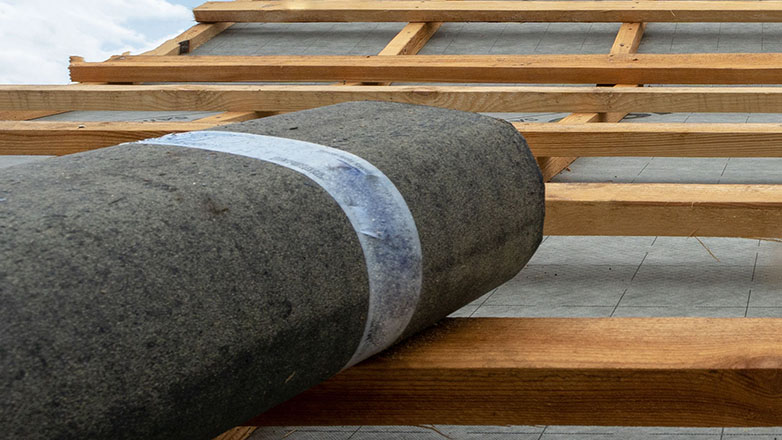About the attraction of dark facades
Black, anthracite, dark grey: not the first choice for buildings at first glance, because dark colours absorb sunlight. The consequence: the façade construction heats up and the risk of damage due to deformation and cracks increases. This does not mean that it is not possible to design dark facades nevertheless. It is rather a matter of taste.
From slate to coloured composite
In addition to high functional requirements, the visual characteristics of facades are particularly important. Whereas in the past, locally available building materials such as clay and wood were primarily used, today the scope for design seems almost infinite: for a long time, slate was the only building material with which weather-resistant black facades could be realised. In Nordic regions wooden facades were protected with a layer of tar. Therefore, black facades were rather a regional phenomenon. Today there is a wide range of materials made of different composites for curtain facades, and there is also a wide choice of common plastered and clinker brick façade claddings. Special façade colours create a reflection of the light irradiation. A dark façade design has thus become a conscious decision.
Seeing black is subjective
But the decision for a black or very dark building envelope is not comprehensible for everyone. A black building stands out, catches the eye and thereby gains a special attraction. And thus achieves one thing above all: it polarises. Where some people see a visually appealing façade, others see a provocation, whereby the black façade provides its observer with less information with a reduced spectrum than a coloured one would. The viewer’s reception is therefore simplified for the time being. This is comparable with the different reception of coloured pictures and those in black and white. The absence of light creates clarity and emphasises structures. Nevertheless: there has always been trouble when objects do not fit in but stand out. And not every design statute permits dark facades. Monochrome black buildings in particular are a thorn in the side of many. They appear too powerful and threatening in the landscape. Associations such as “burnt” or “black hole” fall in this context. Whether antiquated views or not – the acceptance within society contributes significantly to the quality of life.
Putting yourself in the right light
The effect of a black façade is undoubtedly dependent on its surroundings. A grouping of dark buildings creates a rather dismal, sad overall impression. Because black lives from other colours. A black house in the midst of green, on the other hand, becomes a special eye-catcher and stands out almost iconic.
In combination with other materials, such as light-coloured wood or in combination with large glazed areas, the building gets a more friendly appearance in addition to the design component. Dark wood panelling is closer to nature and also warmer.
The play with light and dark is popular: while a house is dark and stocky outside, it appears light and large inside.
It should also be borne in mind that dark colours make large buildings look more delicate when used selectively. Facade projections, corners, edges and subsequent extensions become more inconspicuous. As a stylistic device, black can set accents.
Dark facades can also be used functionally by making use of their heat-absorbing properties. For example, the shady north-west side is black and the sunny side white. This makes use of the different solar radiation: The white side reflects, the black absorbs.
Not only taste as a decision criterion
In addition to budget constraints, the client’s ideas, functional requirements and the overall appearance, the physical aspect must be taken into account when designing a dark façade. To erect dark buildings in an already densely sealed city contributes to the warming within the city. The decision for or against a dark façade is by no means an easy one. But if you like to stand out from the crowd and don’t mind a bit of drama, it may well be the right choice for you. Otherwise the question arises whether such a building takes too much artistic freedom. Is it accepted as part of the living space or does it place itself as an art object above the needs of democratic society?

Pia Gottszky
Author and journalism expert with a focus on architectural topics in a social context.
